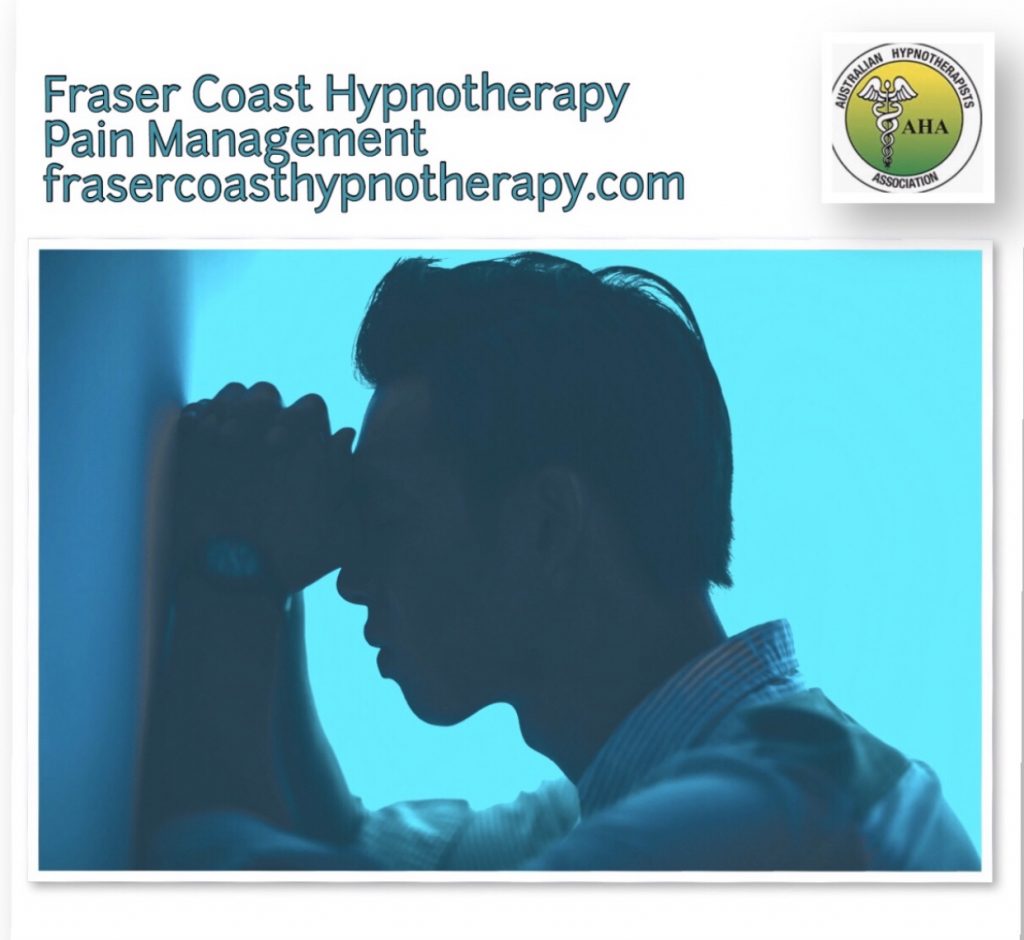There are multiple integrated neural networks working together as a pain matrix, so when we are injured we know whether we have pain.
Hypnosis can be targeted to be very precise in addressing the pain matrix.
The brain is not passive in absorbing information about pain. The entire nervous system, (peripheral neurons, brain and spinal cord) actively processes and modulate information.
Regions of the brain that consistently are shown to be highly hypnotisable are the: frontal lobes and parietal lobes (attention, absorption , conceptual thought, and attention to bodily stimuli and external stimuli) and the anteriorsingulet cortex (a structure of the limbic system, found to be involved in the emotional, but not sensory processing of pain).
Hypnotic suggestion to decrease pain intensity has been shown to match decreased activity in the S1 and S2 sensory cortexes, but not in the anterior singular cortex. (Hofbauer et al., 2001)
People may feel their behaviours happen automatically without conscious choice, but these patterns can be changed. Clients responses to hypnotic inductions and suggestions can be measured in the brain. Those who score as highly hypnotisable have very different scores from those who score low. Those with high scores have demonstrably and consistently different brain processes and activity as a result. EEG’s show they have higher levels of alpha waves as a result. The activity shifts from the left brain hemisphere to the right (primary process, thinking) non verbal and symbolic mentation hemisphere.
The low hypnotisability scorers have hardly any change when hypnotically inducted and given suggestions.
The highly hypnotisable trait can be harnessed for analgesia, or even temporary colour blindness, or deafness. For example, Earnest Hildegard lectured at Stanford on the concept of the executive ego’s role in induced hypnosis. Hildegard demonstrated influencing temporary deafness in one ear on a student. This illustrates that parts of consciousness can seem to split away from one another. He developed a model to differentiate it from: Pierre Janet, who was first to hypothesise that dissociation of mental functions, or subunits, was at the core of hypnosis. He argued that hypnosis can alter the organisation of the executive structure, allowing different sub components to act differently:
Increased suggestibility, and separation of conscious awareness from other mind processes: volition/sense of control, sensations.
Hypnotisability is a measurable stable trait.
The Stanford Hypnotic Susceptibility Scales that Hildegard Collaborated to produce has 3 versions of 12 items and a 5 item clinical version. This measures responses to hypnotic suggestions following induction, to predict responses in laboratory pain research. The hypnotisability scores demonstrate the same stability as measuring intelligence.
In 2008 Lynn, Kirsch & Hallquist, created a sociocognitive theory model of hypnosis response. Conditioned patterns of associations among mental constructs, or thought forms regarding expectancy and intentions are hypothesised to influence initiation of preconditioned, otherwise known as automatic thoughts and behaviour. Their theory was that people believe they are controlling these actions. Hypnosis is useful to encourage the client to access and initiate sets of responses with different suggestions. It is posited that hypnosis and hypnotic suggestions should have consistent neurophysiological correlation, in the same way different sleep states have neural activity correlation.
There are so far, 3 primary measurements of neurophysiological function and activity to check correlation to hypnosis: response to neurophysiological tests. Tasks that clients are asked to perform which require process in different parts of the brain.
2 Pet scans and fMRI procedures measuring activity in different parts of the brain using general and specific hypnotic suggestions.
3. EEG measuring global brain activity.
